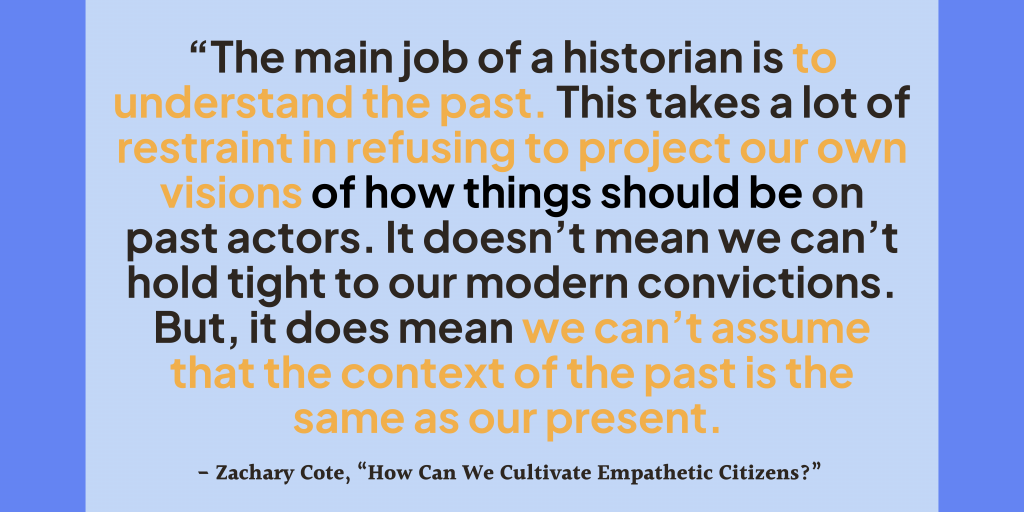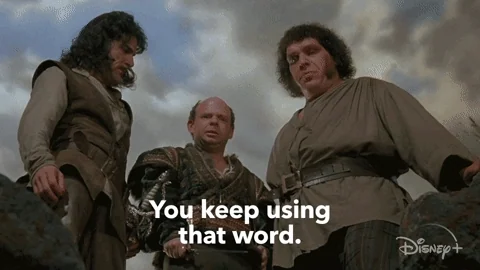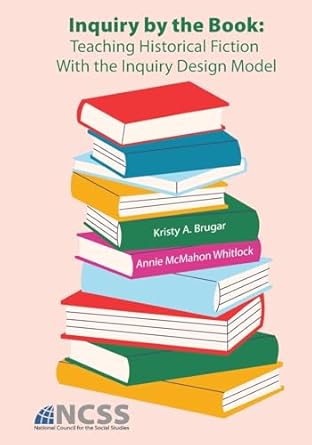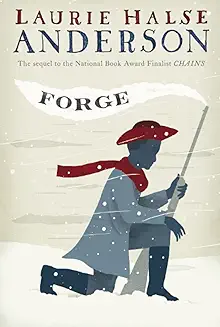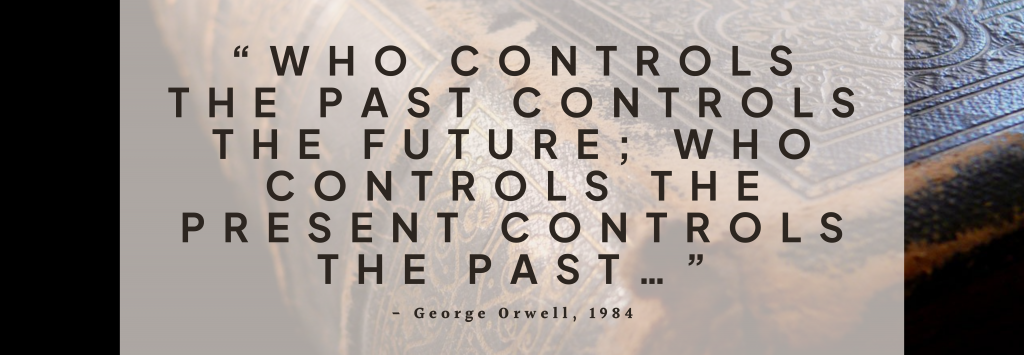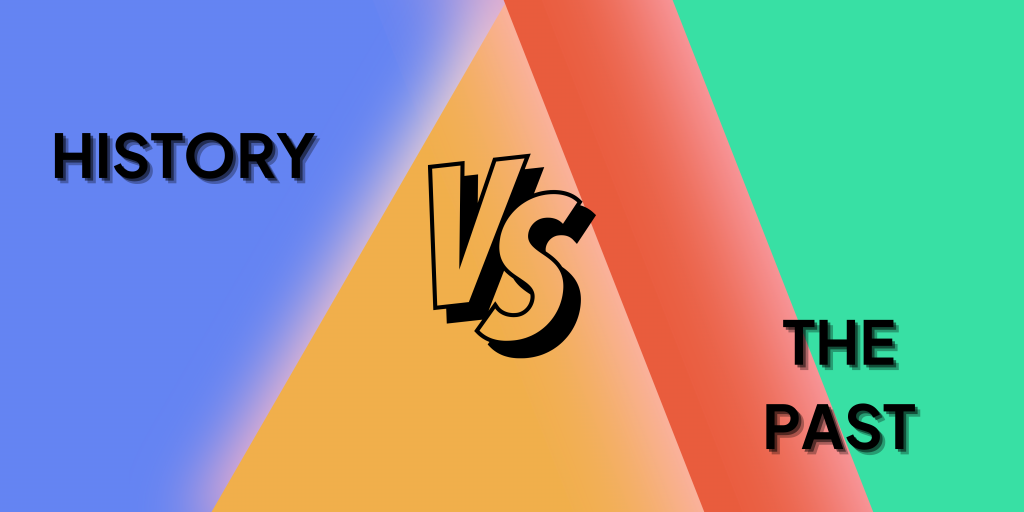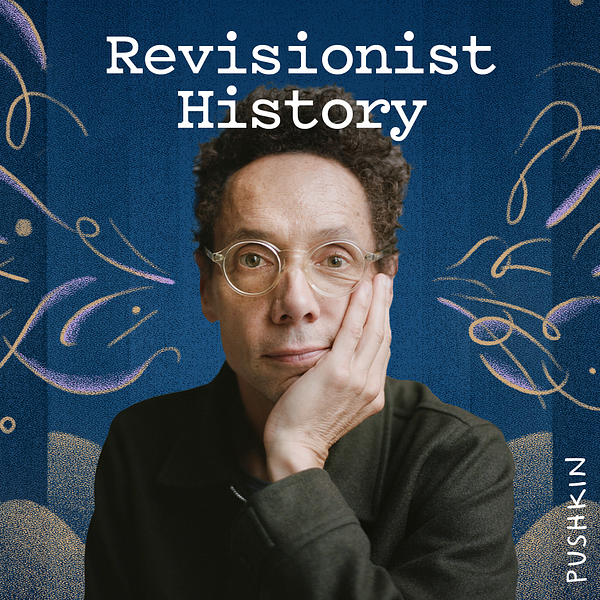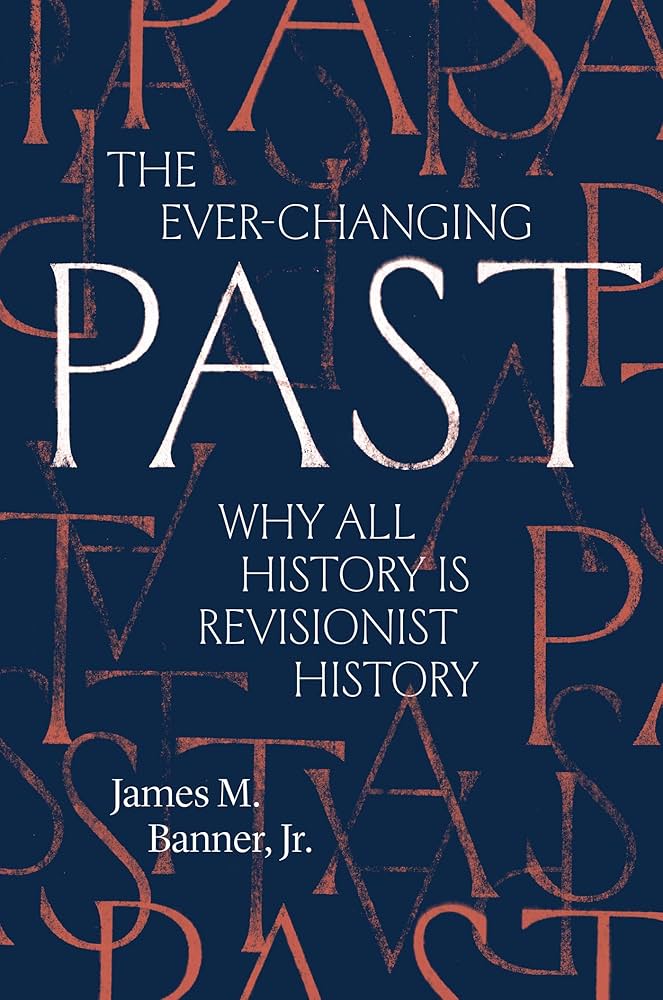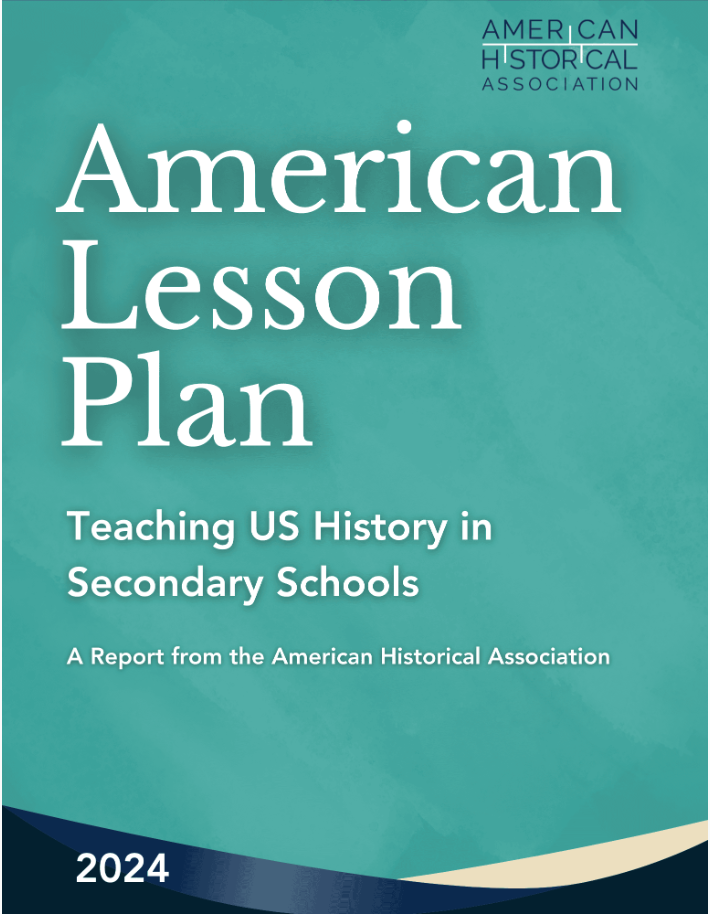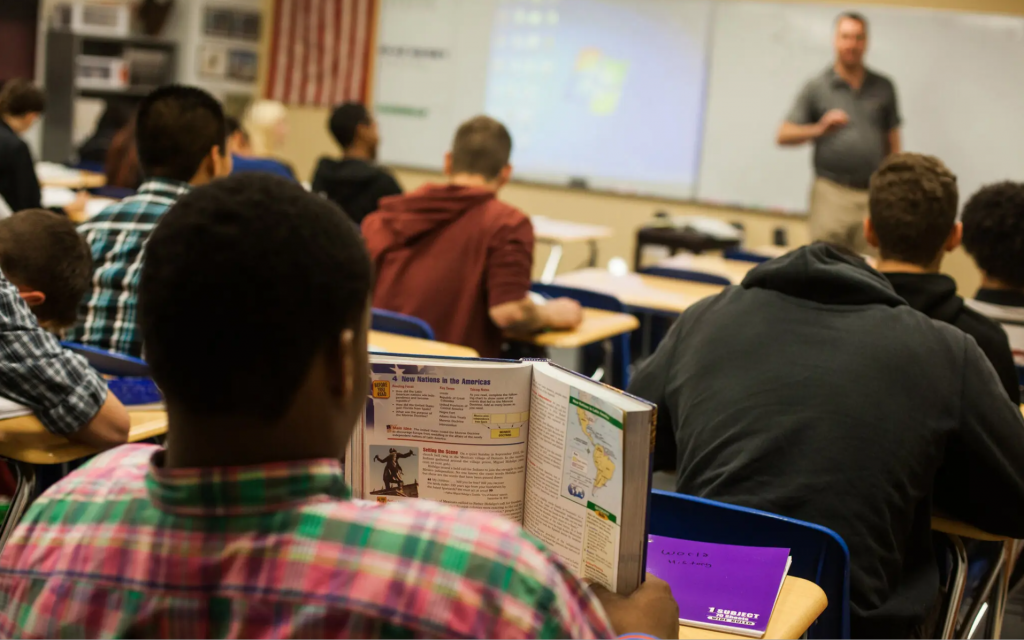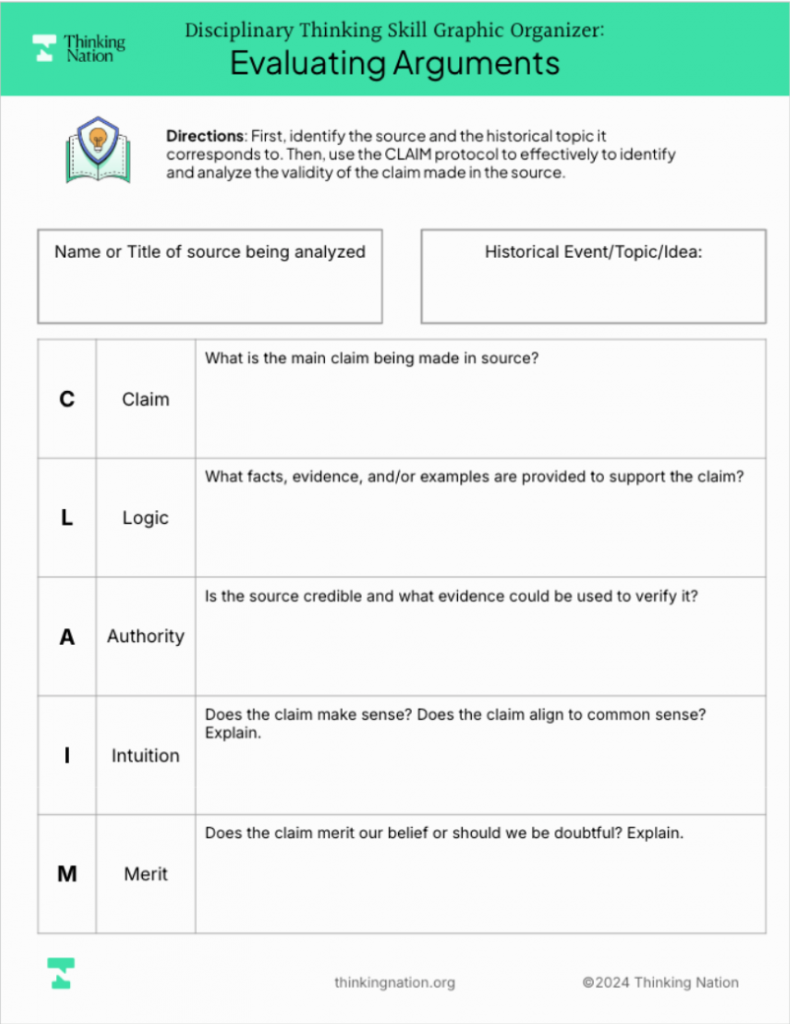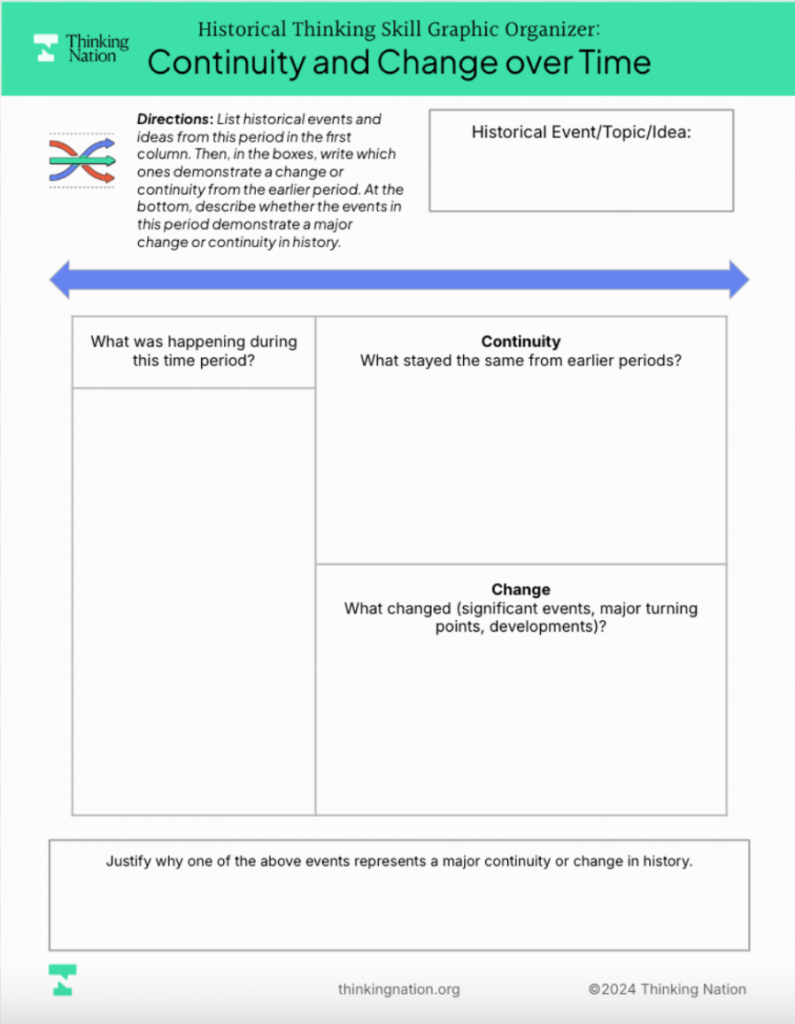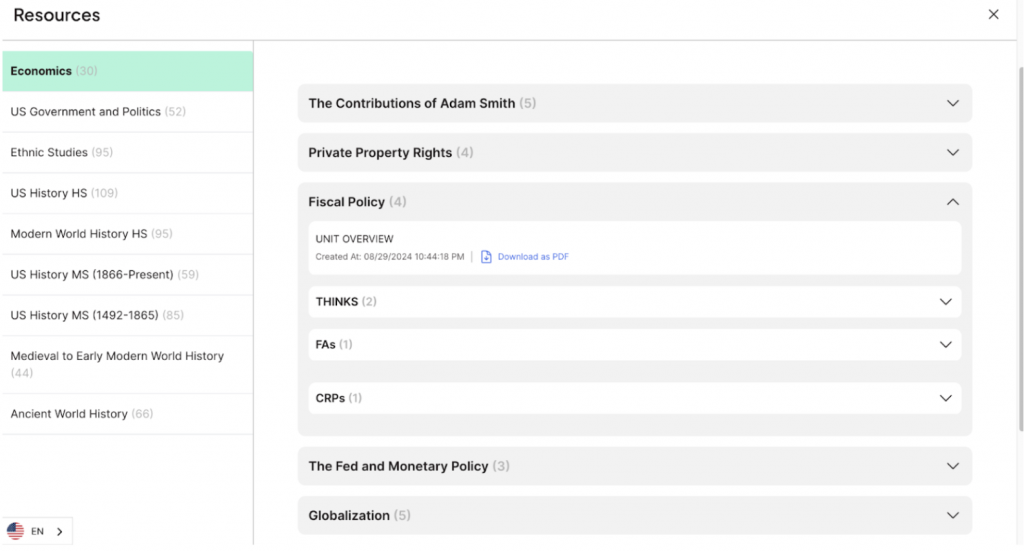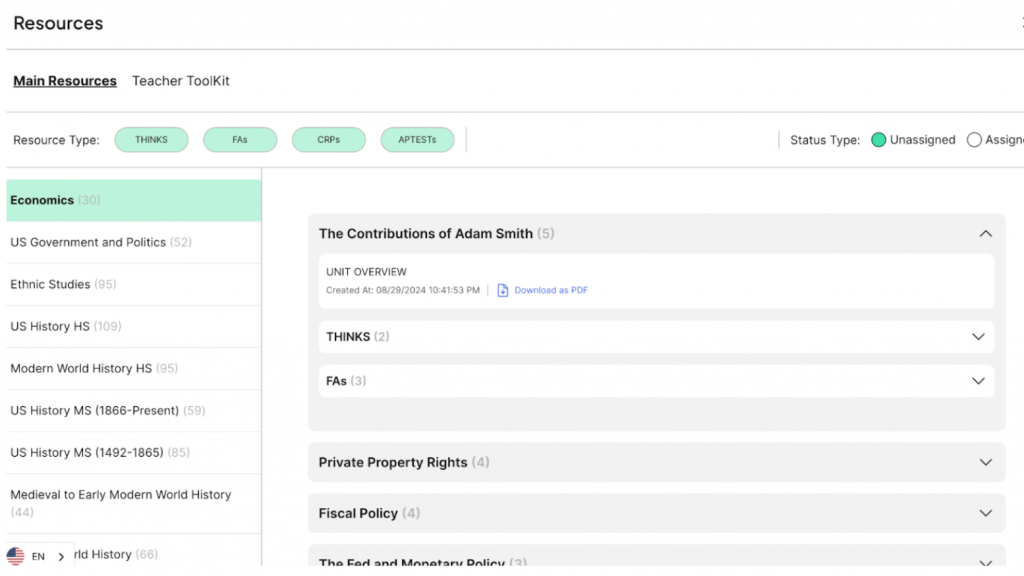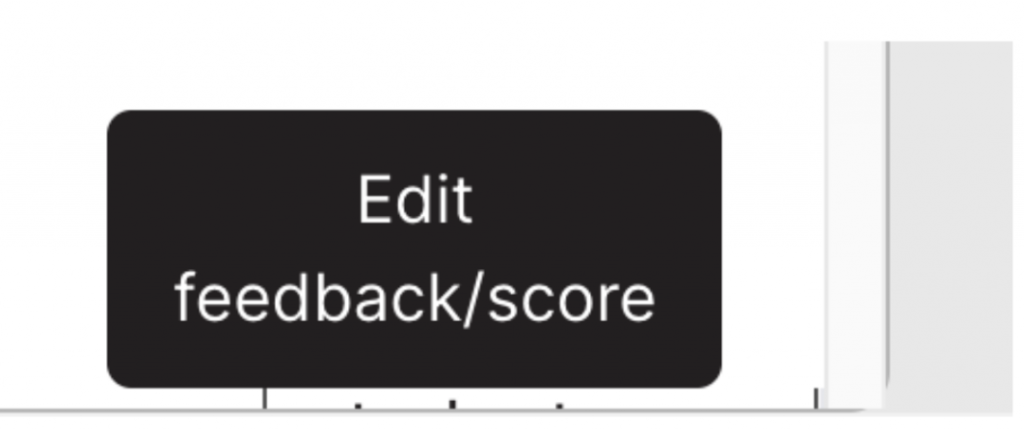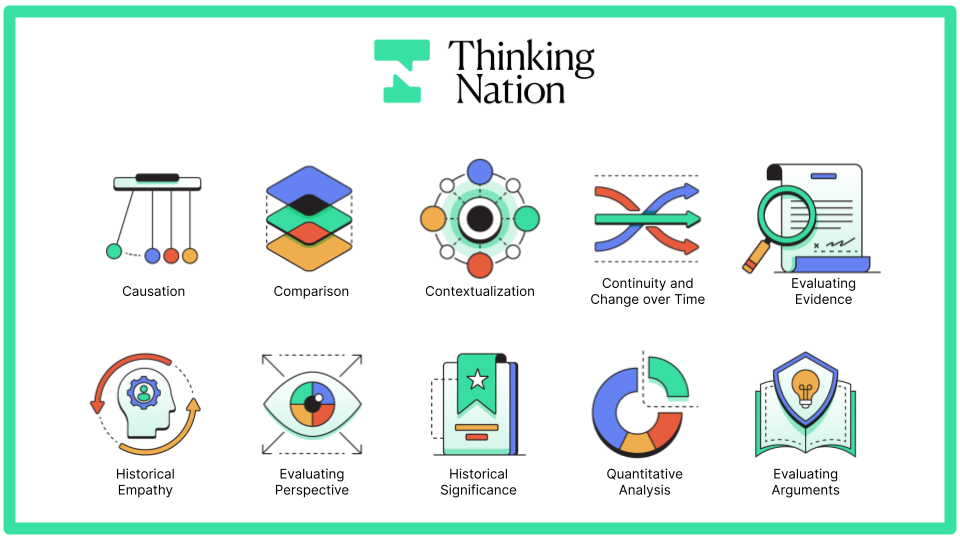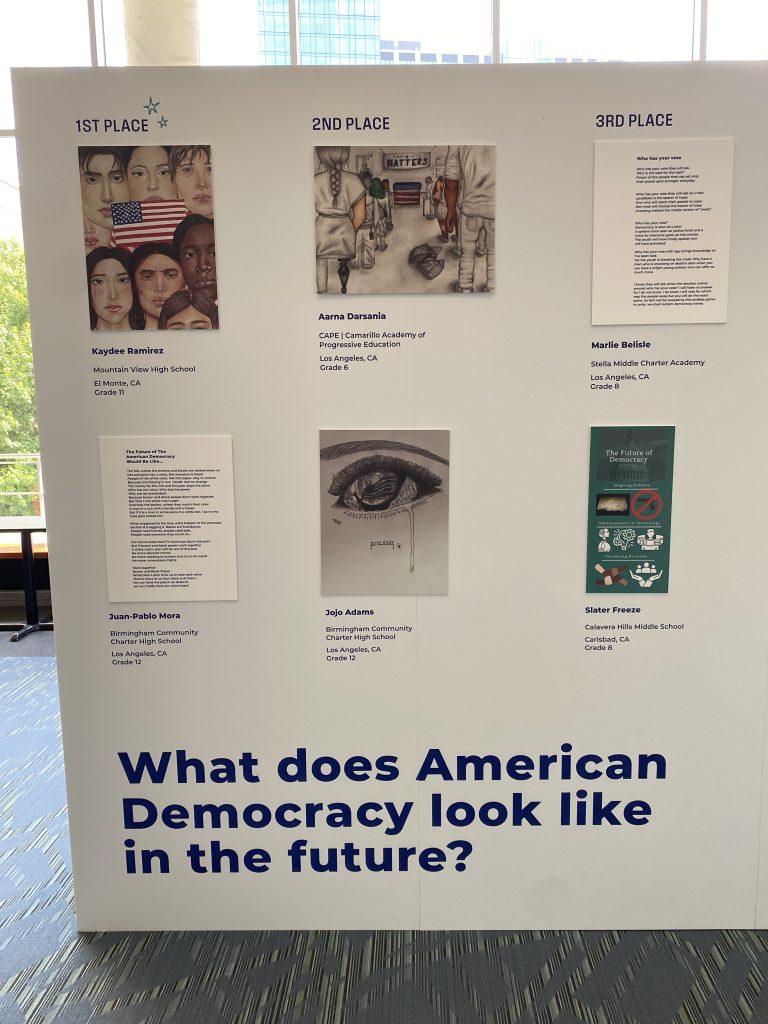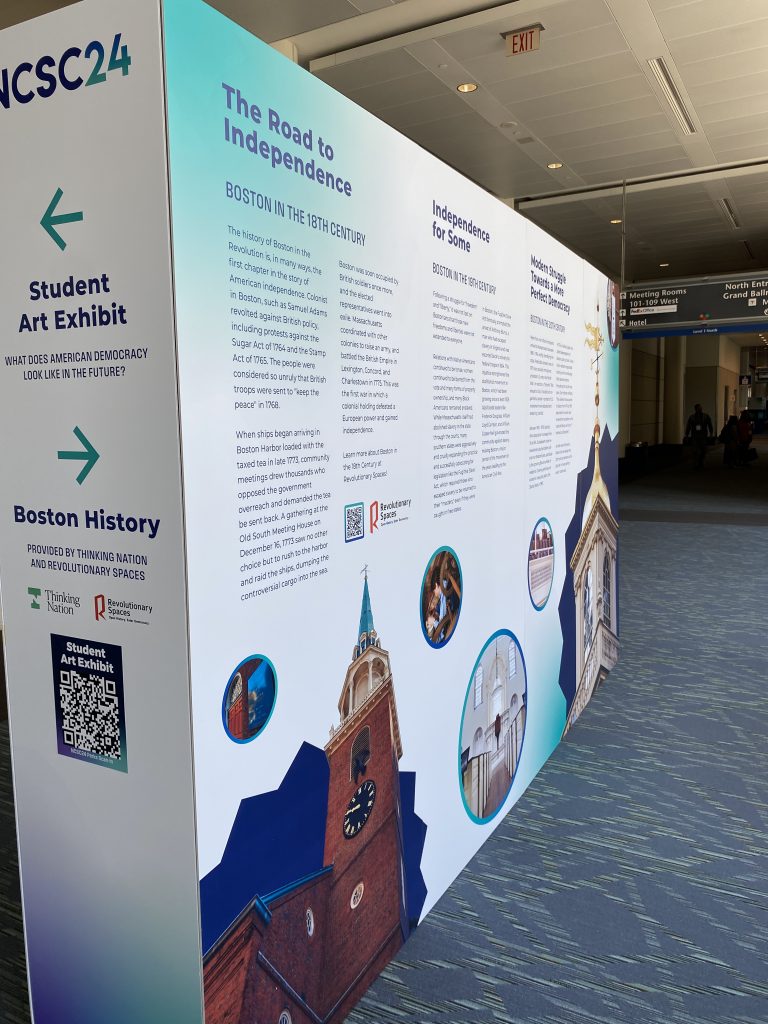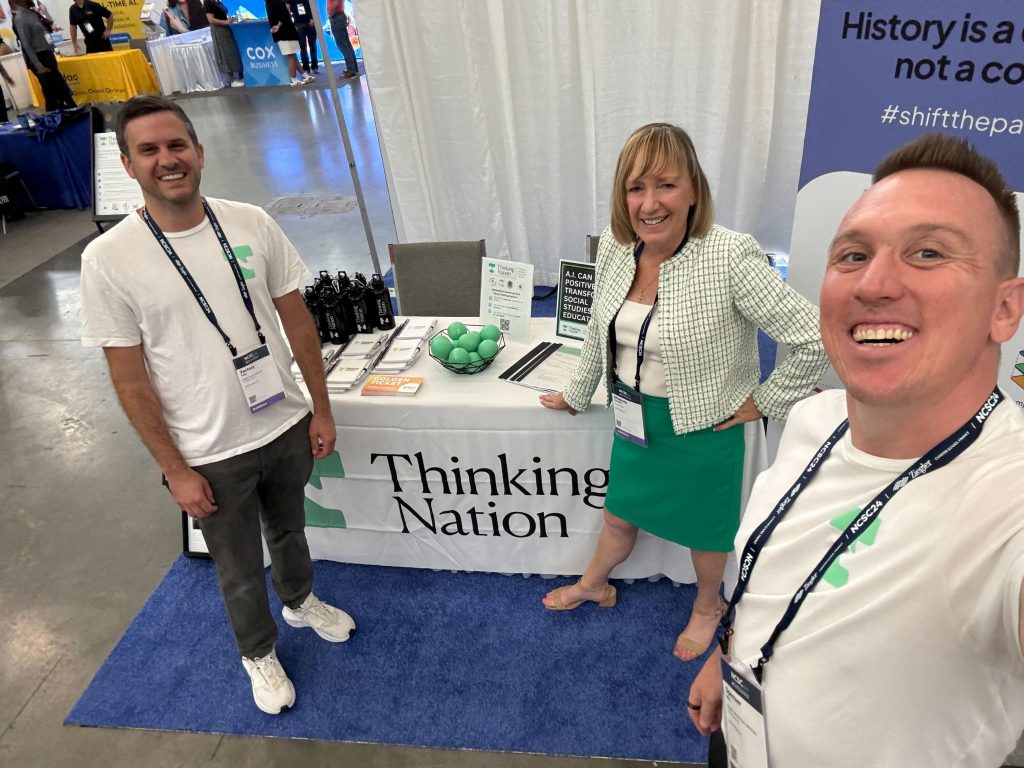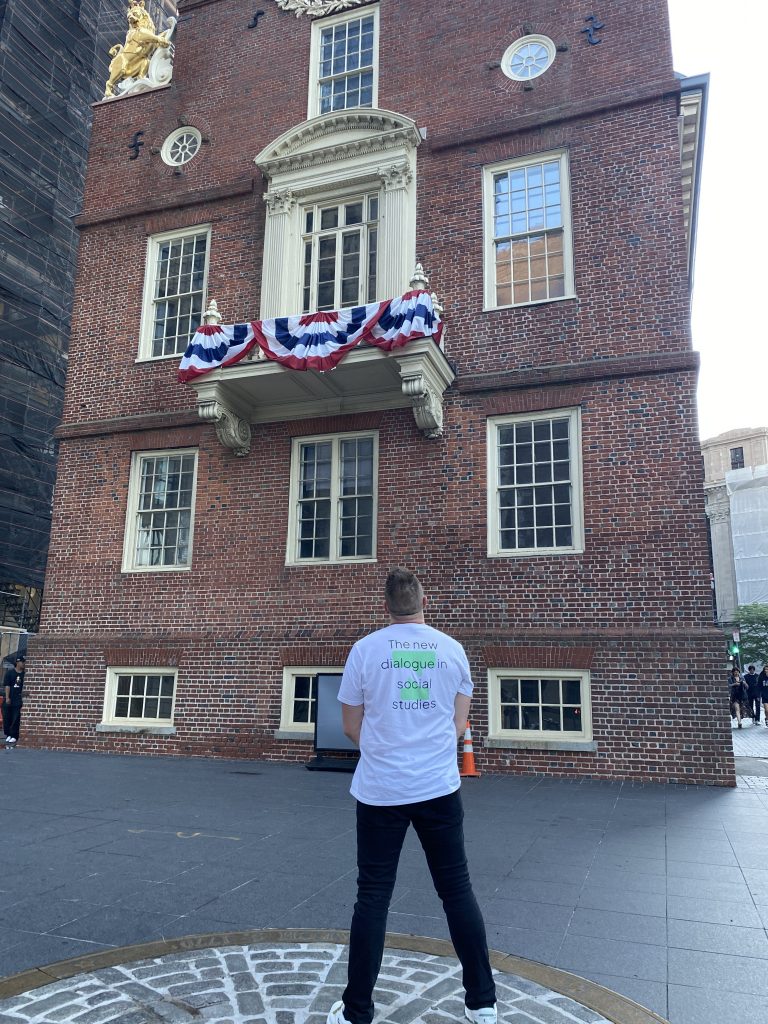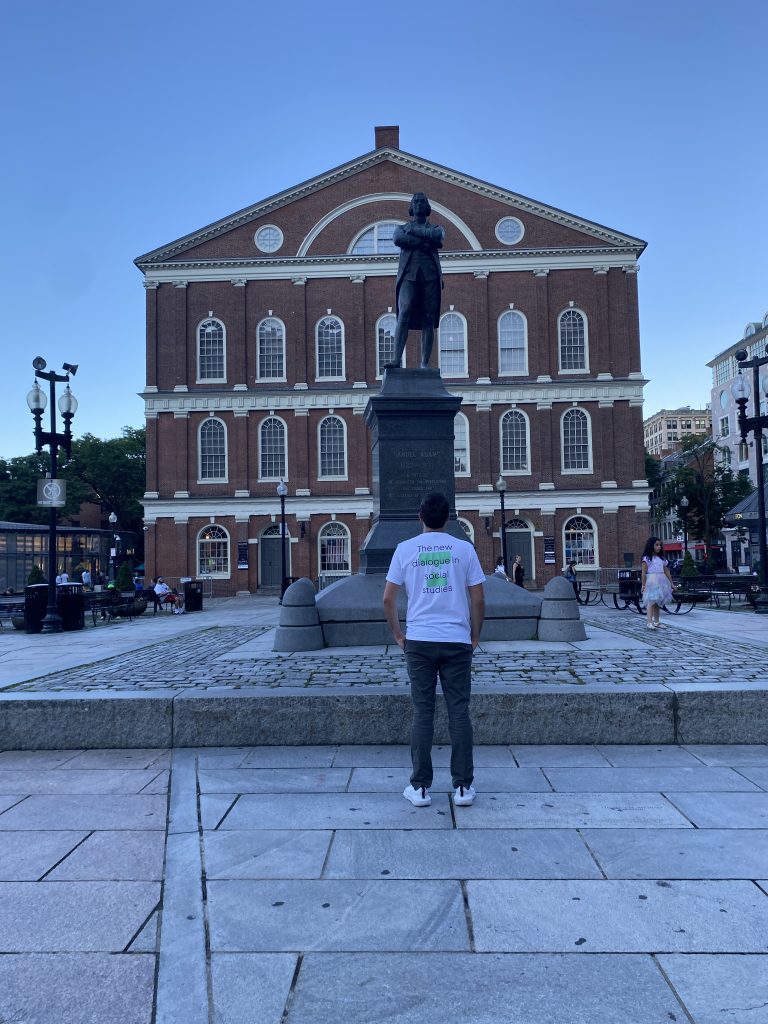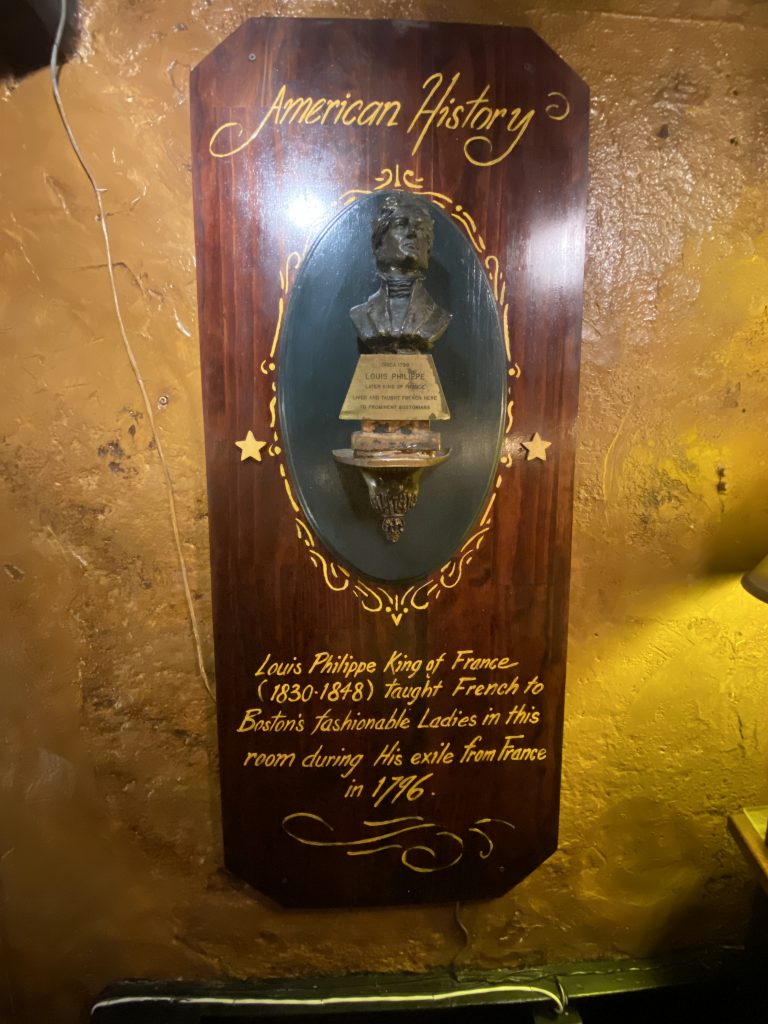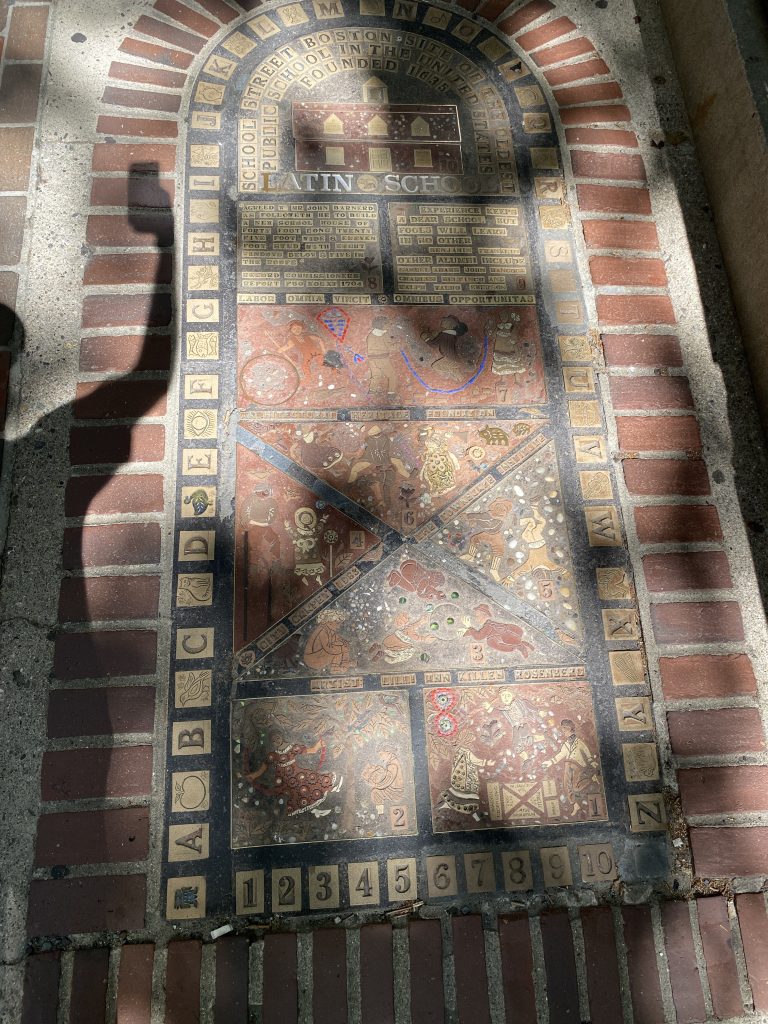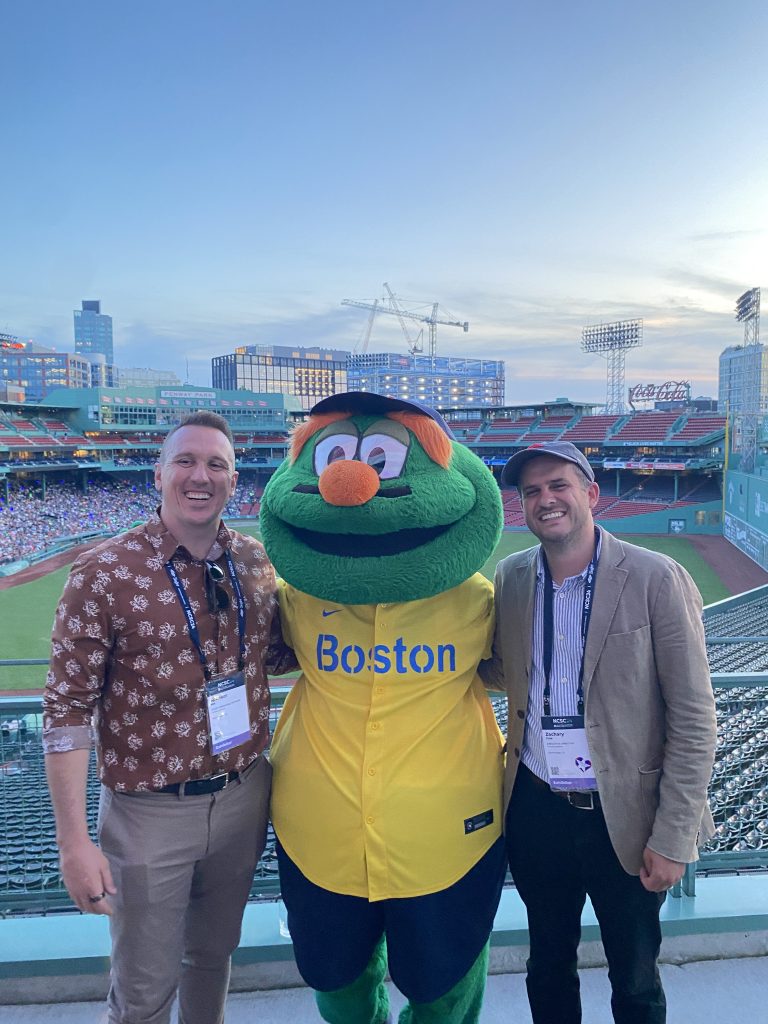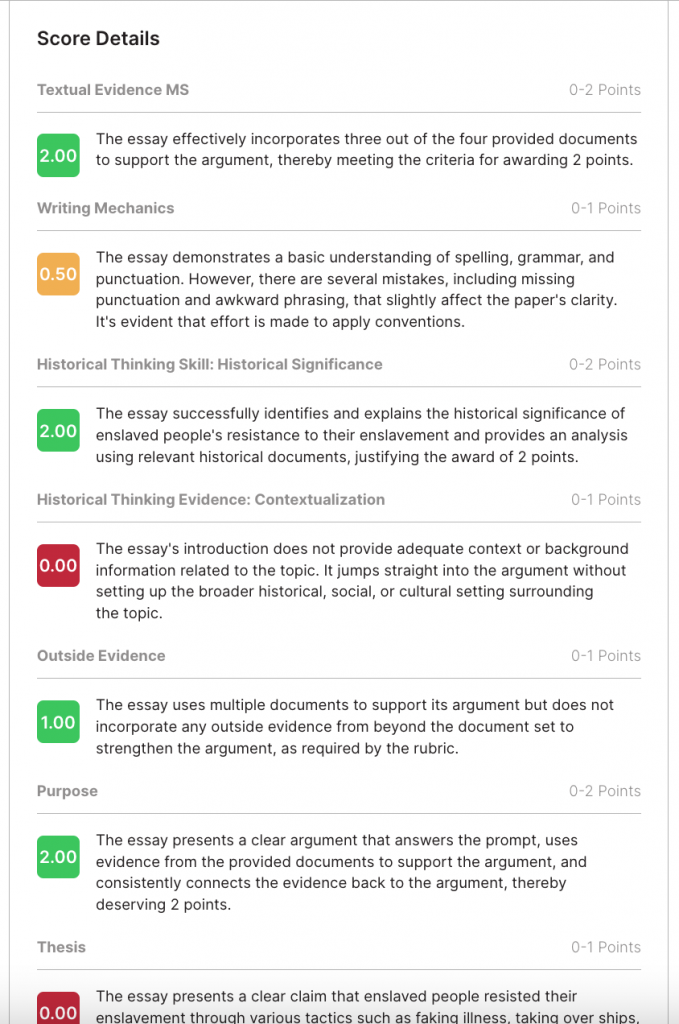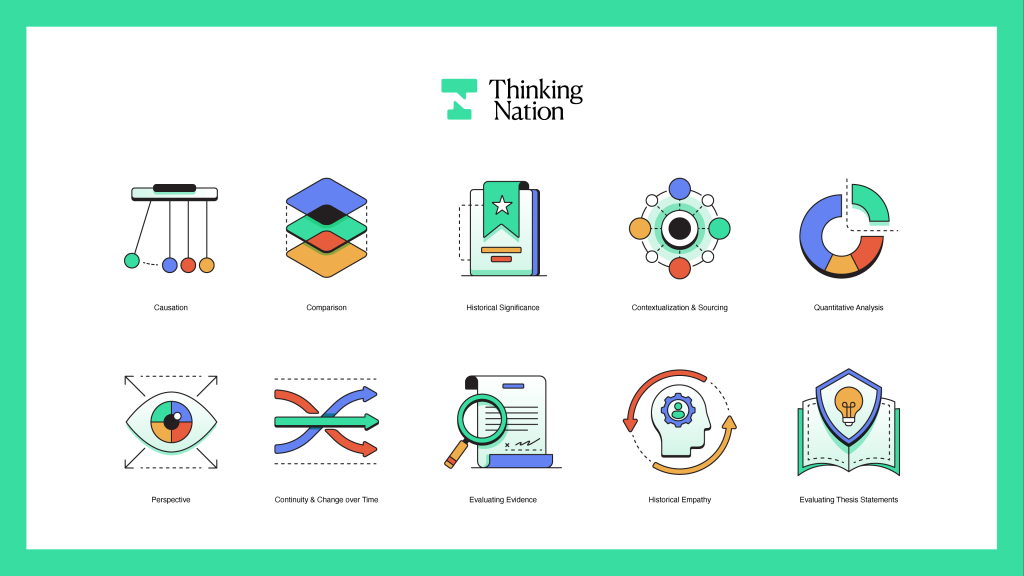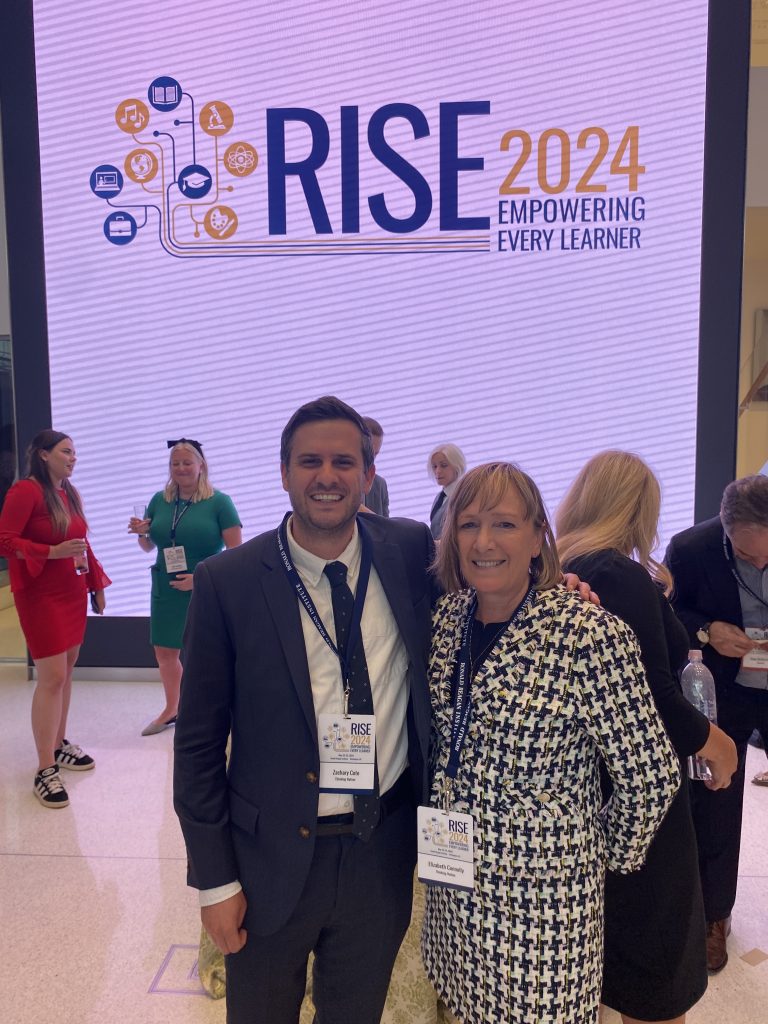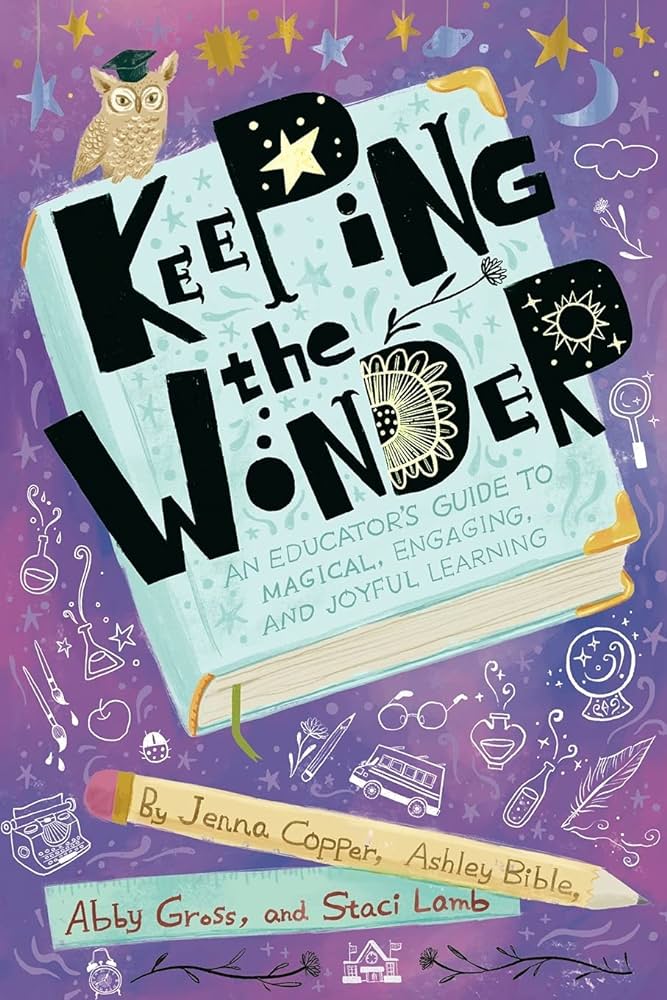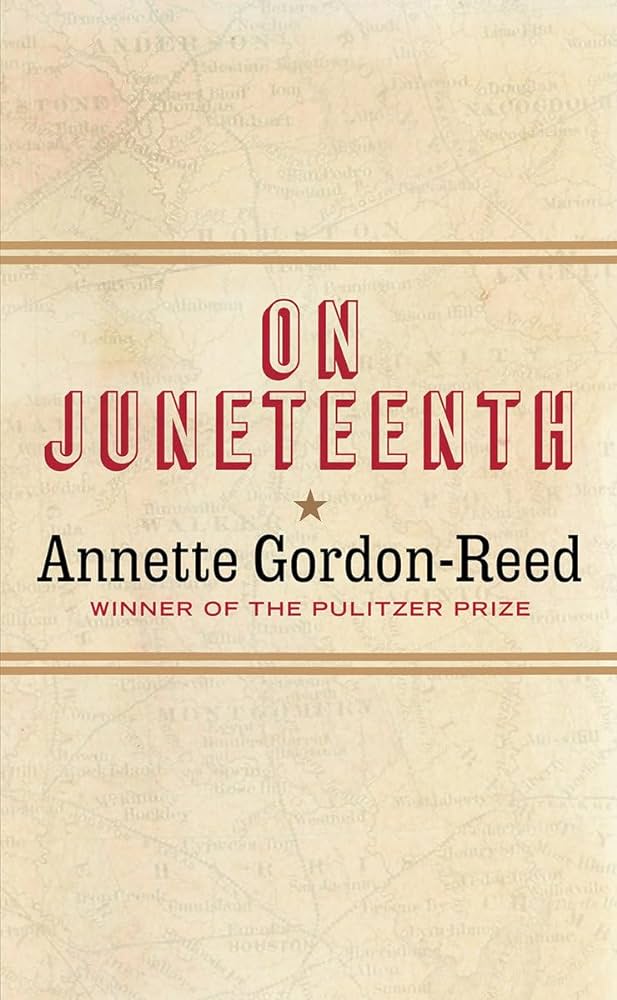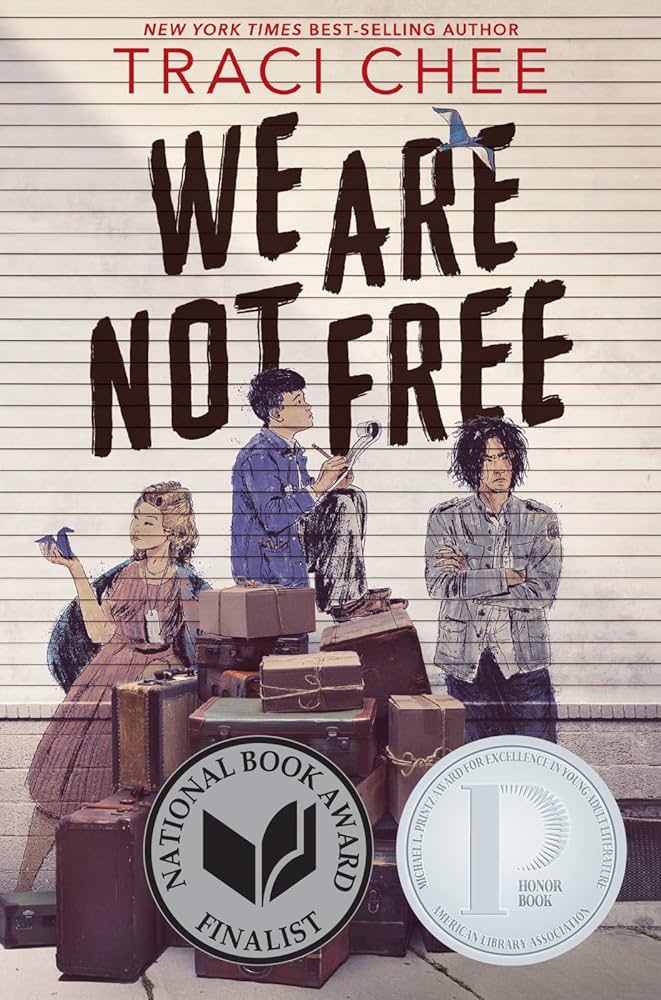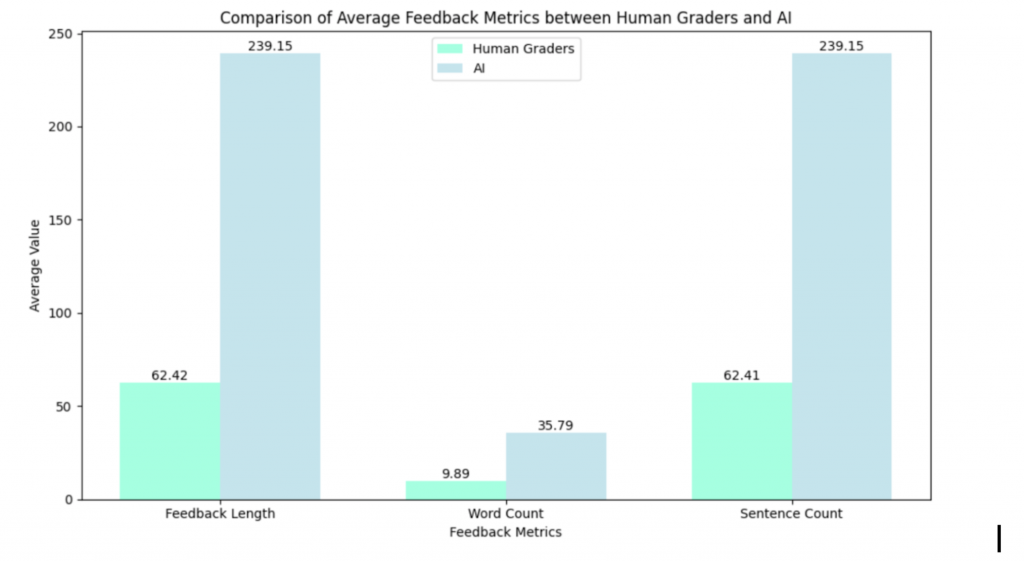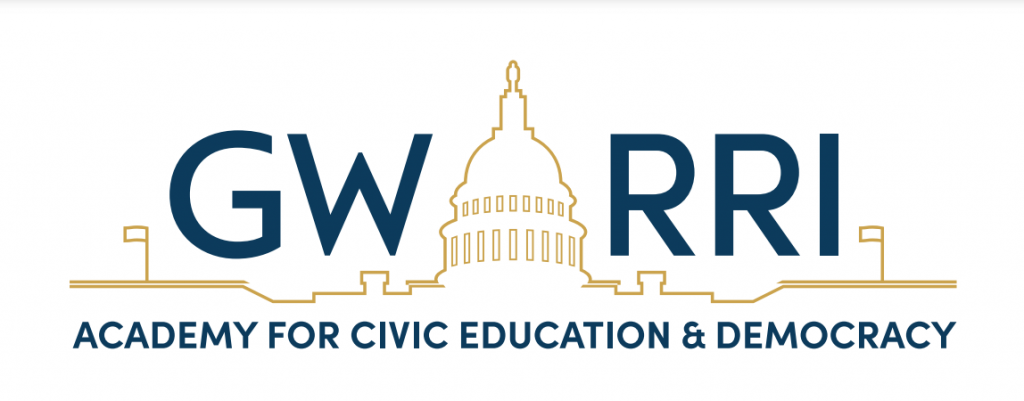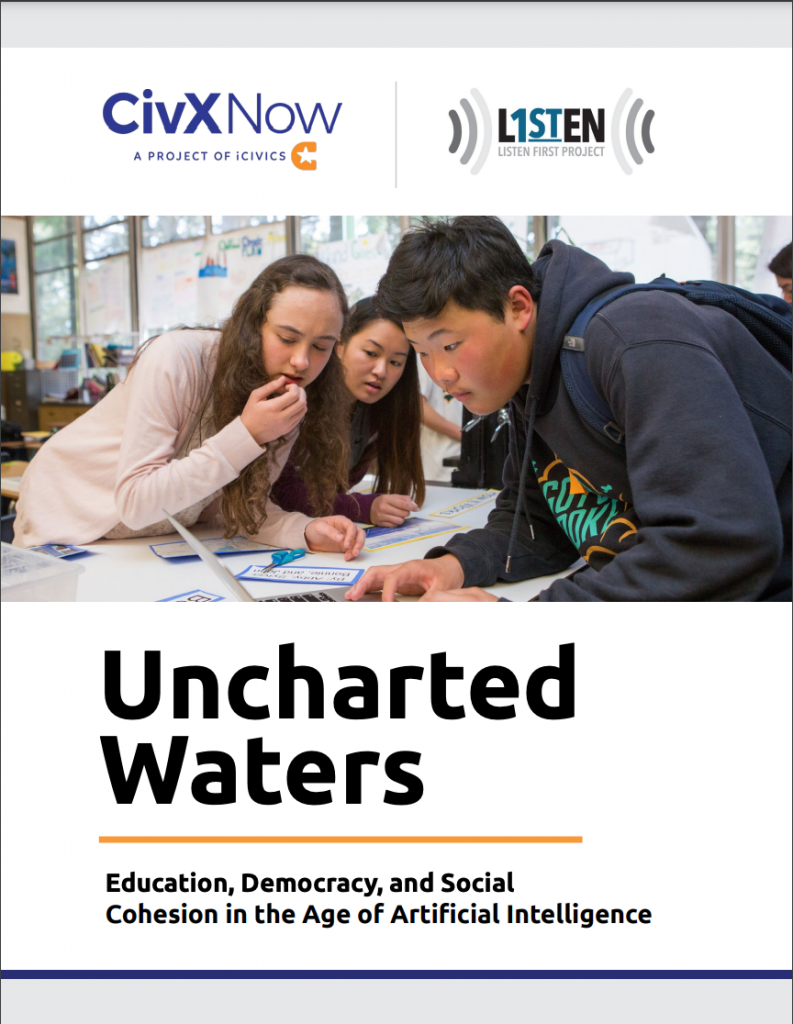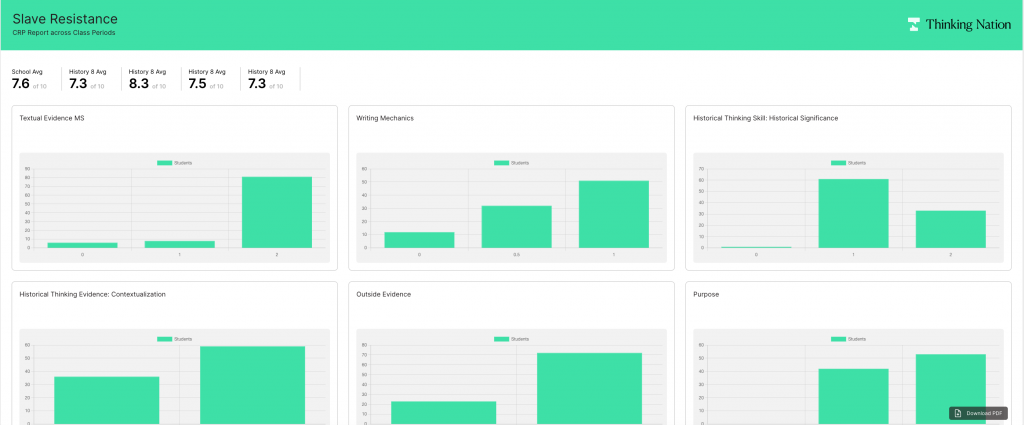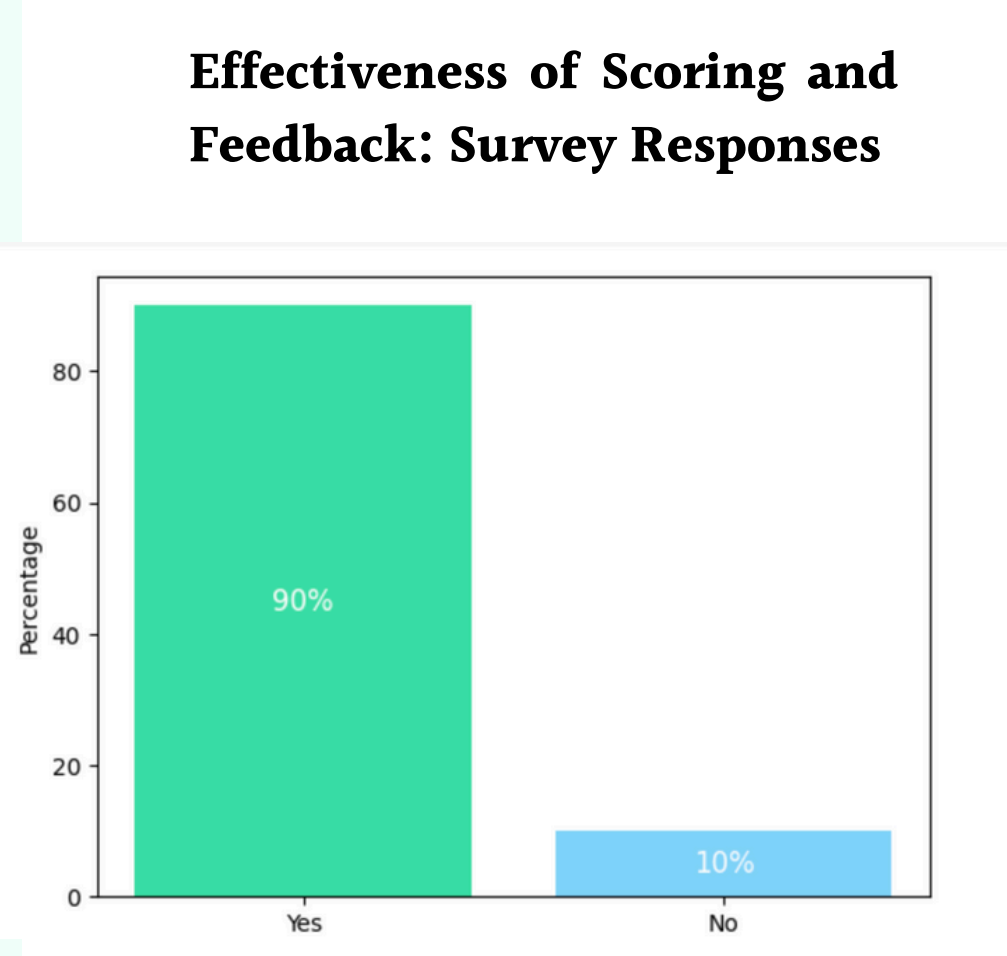Thanksgiving is tomorrow! At Thinking Nation, we are so grateful for all of the people that we work with that are continuing to empower students and shift the paradigm of social studies education. There is a lot of work to be done, but so many are doing the work!
This was evident at the National Council for Social Studies (NCSS) conference this past weekend in Boston, MA. There were thousands of educators all genuinely seeking to better our profession in order to empower students. The energy was real! I wanted to take a brief moment to recap some highlights and express gratitude about the conference.
On Thursday, our Director of Curriculum, Annie Jenson, and myself presented at the National Social Studies Leaders Association’s conference. On the surface, our presentation on how disciplinary assessments can build better alignment may seem boring, but at Thinking Nation we genuinely believe that better alignment in social studies will empower students and legitimize our discipline. We had such great conversations with other leaders in Social Studies that day.
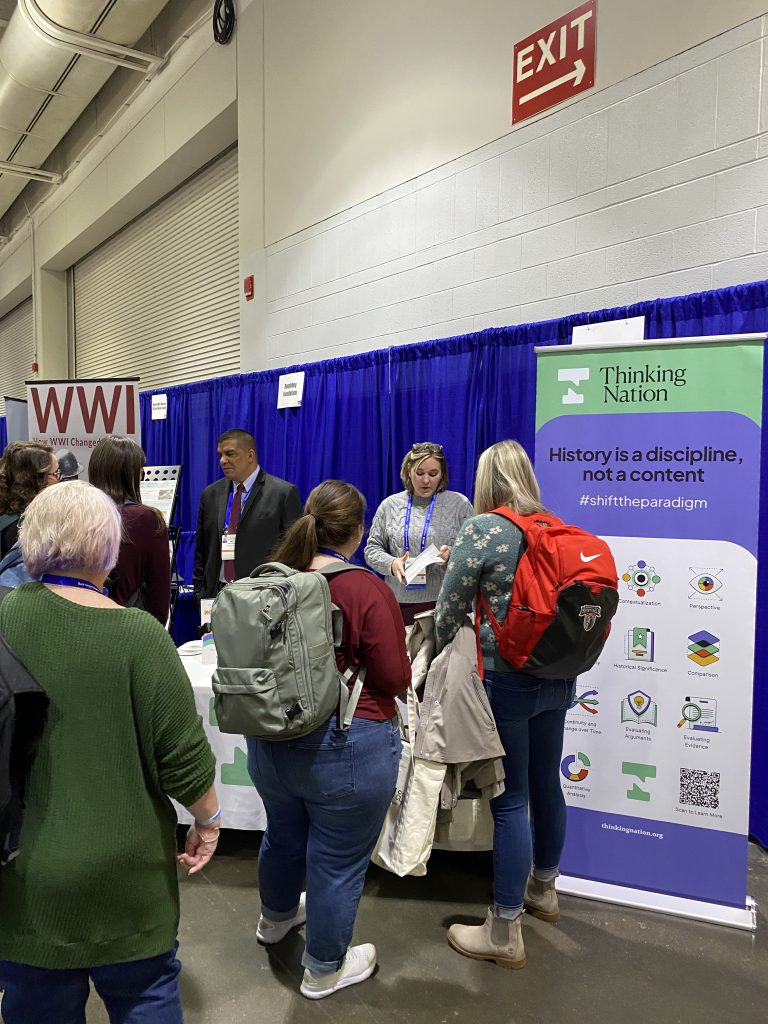
On Friday, the NCSS exhibit hall kicked off! It was such a busy day. But for me, the most enjoyable part was watching Annie and Will Pulgarin, our Implementation Specialist, passionately share our mission and vision with educators from around the world. I feel so much gratitude to them both and feel so fortunate to work alongside them as we seek to transform social studies education.
Also, for those of you who don’t know, Will currently lives in Colombia. This means we don’t get nearly as much in person time together as I’d like. His presence this trip was such a treat. More of us need colleagues like Will!
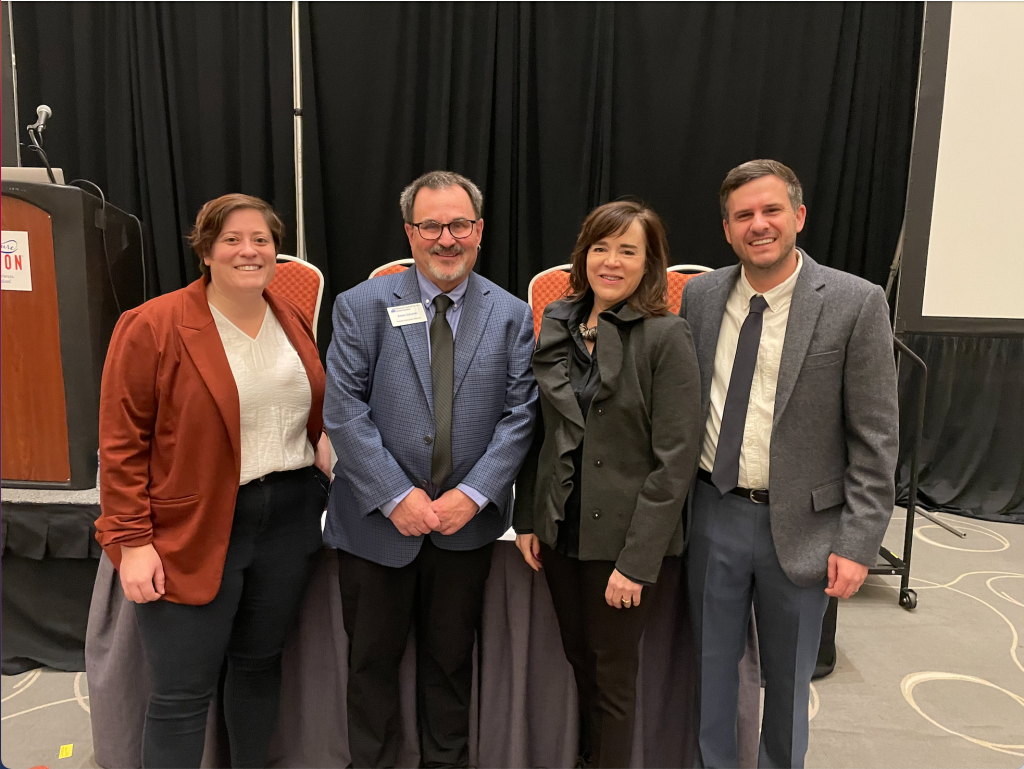
On Saturday, both Annie and myself had presentations. I had lost my voice the day before, so my initial gratitude is to all of you who attended my session and put up with me sounding like one of our middle school male students (ha!). I was fortunate to be on a panel alongside Louise Dubé from iCivics, Anton Schulzki from NCSS, and Melissa Diliberti from the Rand Corporation to discuss the state of social studies education. My takeaway? We all see the real need for bettering social studies for students and so many of us our dedicating our careers to filling that need. I am grateful to my fellow panelists for agreeing to join me for this idea of a session!
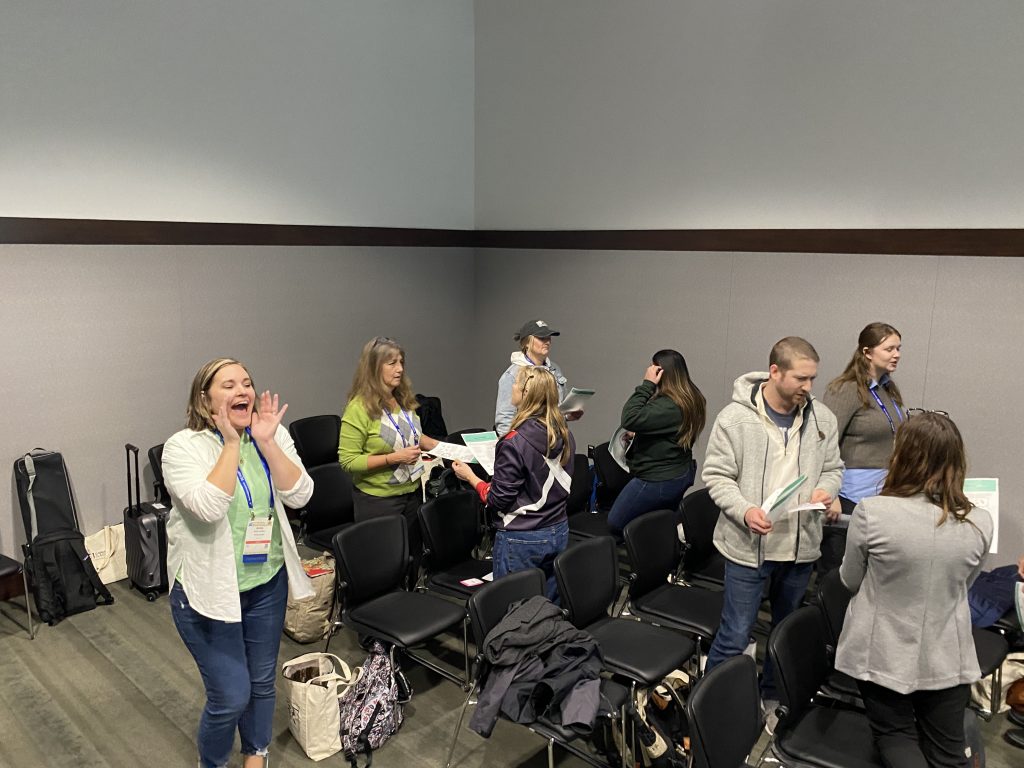
To end my Saturday before I headed to the airport, I got to watch an expert at work. Annie’s session was up there with the most engaging sessions of the weekend. She modeled key ways to incorporate movement in the classroom when teaching and practicing historical thinking. There were more people than seats in the room, despite it being the last session slot on a Saturday evening. She had us up and moving almost the entire time, demonstrating how we can both empower our students to think historically and keep the energy high in a class period. Honestly, I was smiling the whole time. There are few things more exciting than watching someone at the top of their craft. I’m grateful to have Annie on our team!
Historical Thinking Posters!
I know many of you were looking for our historical thinking posters at the conference so I am reposting them here! Click on the poster to download.
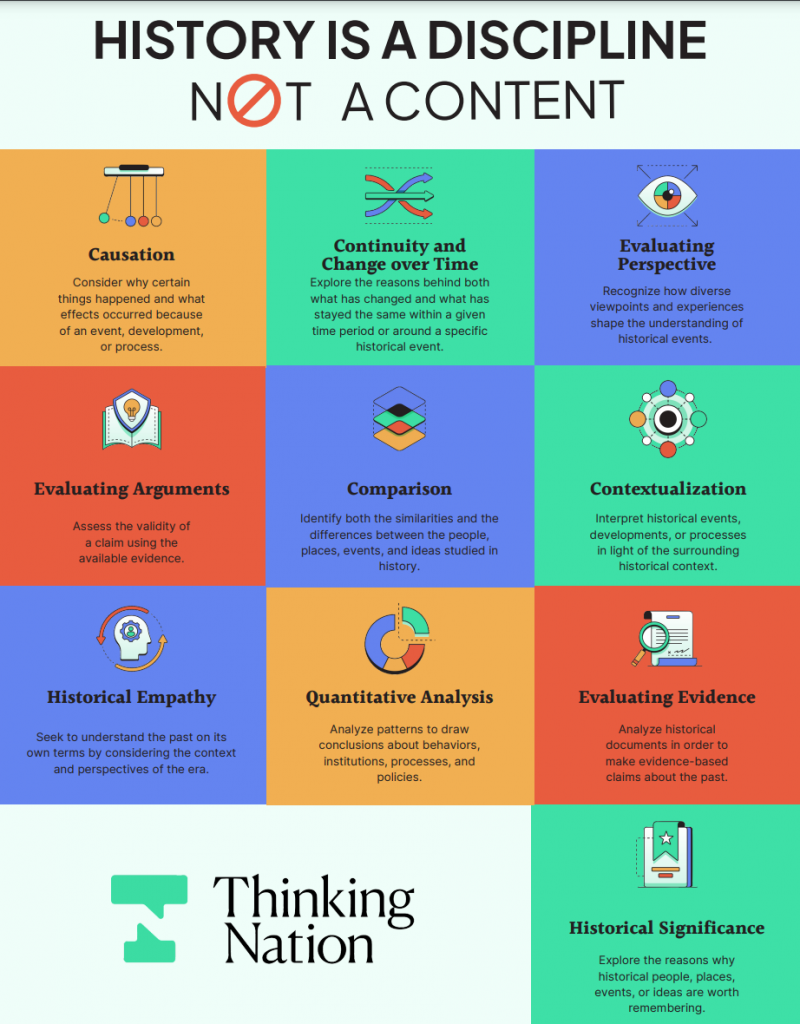
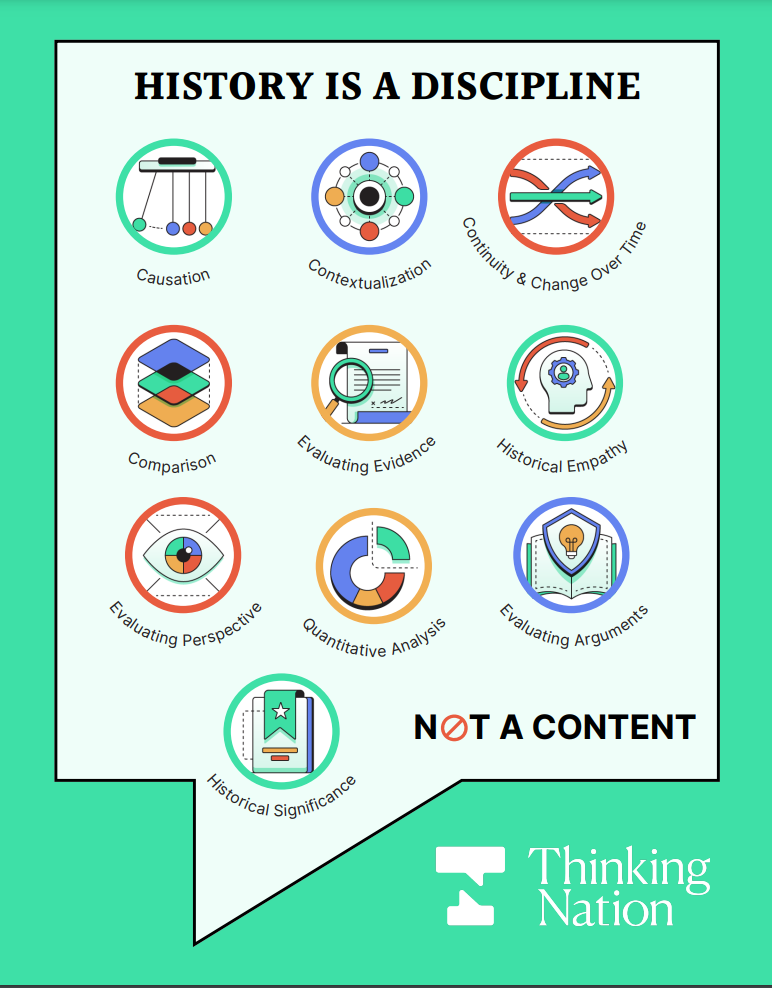
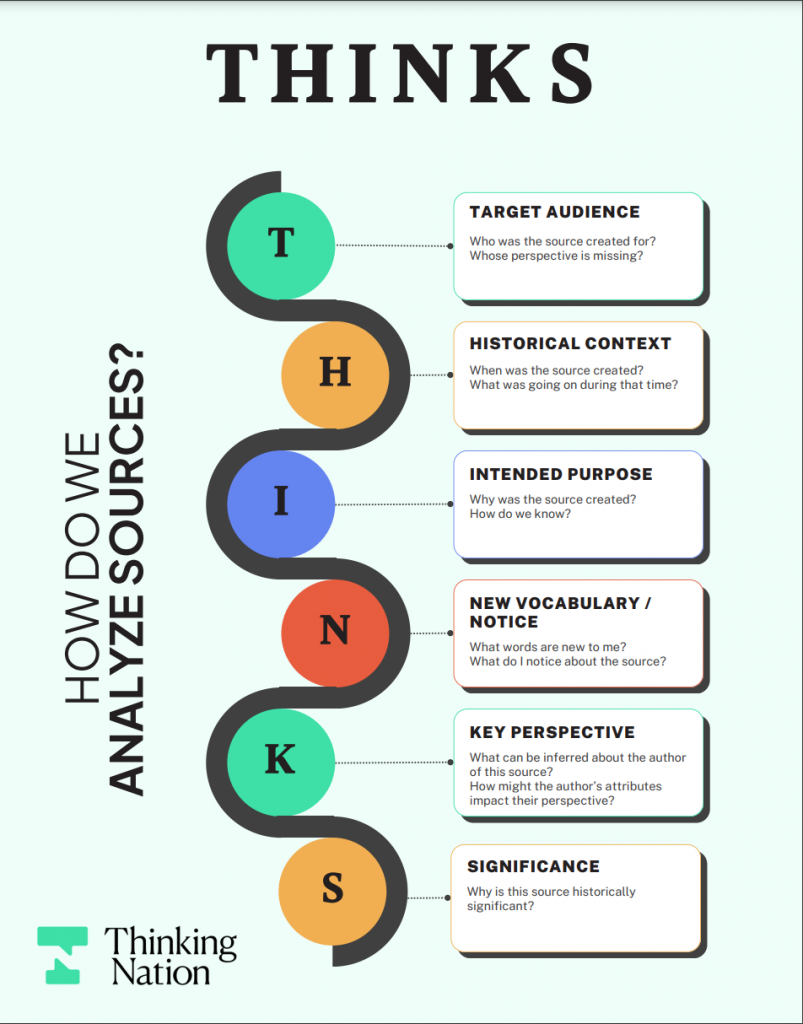
Our 2023-2024 Impact Report + Giving Tuesday
As a nonprofit organization, our mission is only realized with community support. It is in this spirit that we are launching our Giving Tuesday and end of year campaign. We want to make all of our formative assessments, and the AI-grading capabilities accessible to all, free of charge! But we can only do this with your support. With this audacious goal ahead, I ask that as you consider where you might give at the end of the year, you consider giving to make this project a reality.
If we’ve learned one thing in the past decade, we can’t take democracy for granted. Empowering the next generation with the skills and dispositions necessary for civic success is critical for the longevity of our democracy. Join us as we equip and empower students as critical thinkers, actively engaged for the future of our democracy.
To learn more about Thinking Nation’s work last year and our efforts to realize this vision for democracy, please check out our Impact Report, released this week!
It is in this spirit, to better our future, that I wish you all a Happy Thanksgiving!
